It’s not nearly 9 a.m. on a Saturday but a stretch of Robertson Quay along the Singapore River is already hopping with activities. Young couples in stylish activewear, both locals and expats, are already on their nth round of the paved lanes, some pushing their kids in designer strollers, some riding triathlon-worthy bikes. Others are resting under the shade, checking up on each other in free-forming huddles, as they stretch their hamstrings and wait for the neighborhood cafés to serve breakfast.
Hours later, fortified by frothy chais and organic juices, they attempt to circle the perimeter yet another time before starting the slow amble home. Meanwhile, the brunch crowd has started to build up; it is getting warm but some of them are negotiating their way to the outdoor deli tables.
Today’s Robertson Quay was realized following a decade-long clean up of the Singapore River beginning in 1977, its rezoning as residential, commercial and hotel area in the 1990s, and its eventual gentrification that gave rise to a new upscale neighborhood. In 1999, two other pedestrian bridges – Robertson and Alkaff – would connect the two sides of the river, further enhancing activities around the area. The following year, with the opening of Gallery Hotel, Singapore’s first design hotel, the area acquired a youthful vibrancy, and expanded Mohamed Sultan’s nightlife central supremacy all the way to the residential enclave by the riverbank.
Since then Robertson Quay has seen and nurtured this community of neighbors on their ritual weekend runs, but what’s new is that the crowd and their options are much bigger and more varied now. What was once a leafy cul-de-sac familiar only to residents of condominiums in the area is now a smart hub where ‘staycationers’ in hip city hotels and customers of destination restaurants and bistros that have recently sprung up all over the area come to mingle with the ‘locals’.
- A MASTER PLAN AND DESIGN
- HIS OWN PATH
- HIS OWN MAN
- WHERE IT BEGAN
- WHERE IT IS HEADED
A Master Plan and Design
Design and master planning are key ingredients to the reinvigoration of Robertson Quay, where Quayside, a hub comprising independent riverfront restaurants and bars and the new InterContinental Singapore Robertson Quay, is a benchmarking exercise in urban upgrade. Leading Singapore architect, Mr. Chan Soo Khian, whose credits include Soori Highline in Manhattan and Soori Bali, conceptualized the unified exterior. Meanwhile, Timothy Oulton, EDG Design, and AvroKO brought their signature styles to various interiors.
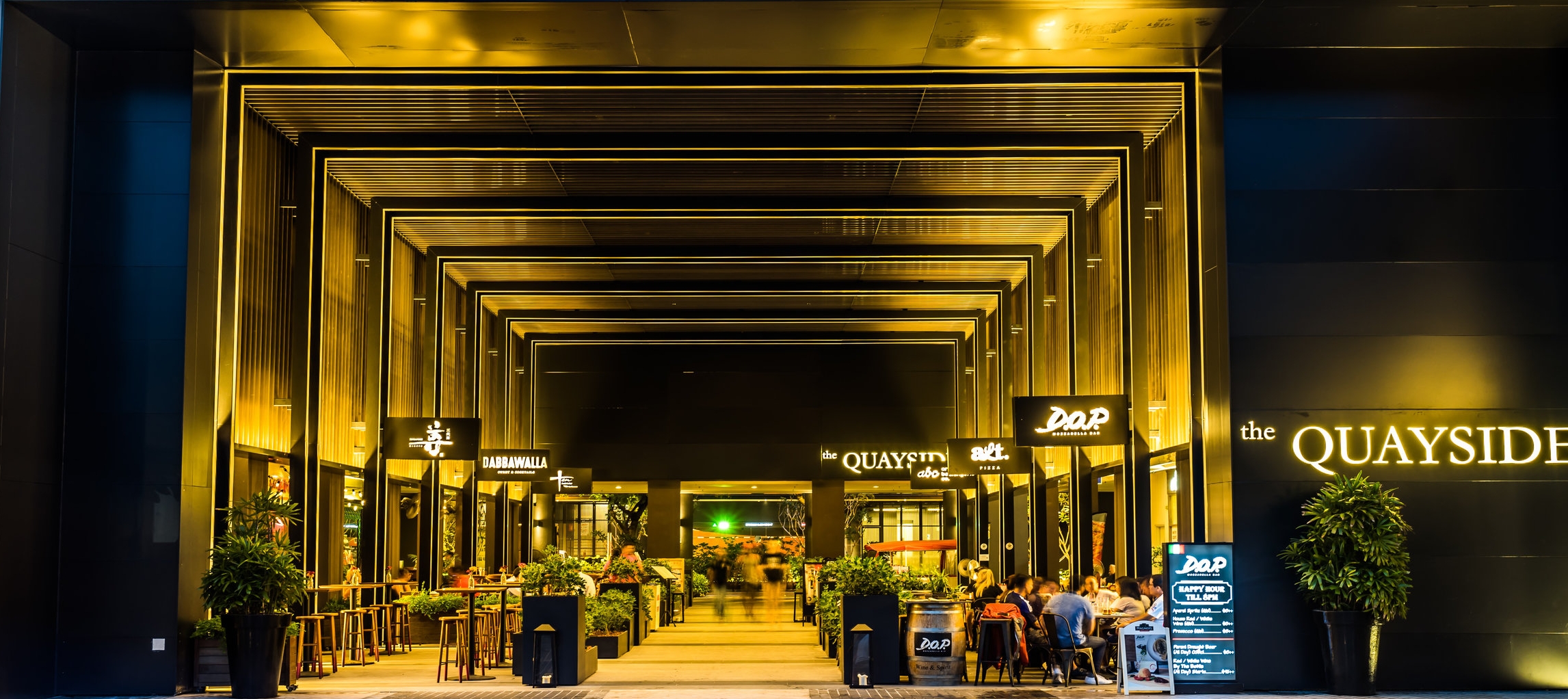
Providing the vision and financial muscle behind the Quayside project is RB Capital, whose activities in the area began in 2012 with its purchase of river-facing ground floor retail podium of Robertson Quay, as well as the Gallery Hotel a year later. (Gallery Hotel would eventually close its doors in 2016 to reopen as InterContinental Singapore Robertson Quay last year, the hotel brand’s first residential property in Singapore.)
An objective of the Quayside development is “to establish a credible cosmopolitan, al-fresco dining hub in Singapore, to put it on par with international destinations in Europe and the USA”, according to an official communiqué. The project is planned to add to Singapore’s commercial offerings besides the usual shopping mall dining. “Our decision-making process involved conscious efforts to fit into the Robertson Quay neighborhood rather than have the neighborhood fit around our plans,” says Mr. Kishin RK, CEO of RB Capital. The cost of the development, including the construction of Holiday Inn Express hotel nearby, exceeds S$1billion.
Mr. Kishin cites Singapore’s “extremely strong” government initiatives that enable the reinvigoration of neighborhoods through proven public/private partnership models – for instance, Singapore River One, where he is a member of the board – as an enabler of the project.
“The curation of tenants at Quayside is a result of our initial vision and strategy to strike the right balance, create a vibrant destination, and ultimately provide an inclusive community for the residents of Robertson Quay,” Mr. Kishin elaborates. He shares that the New York High Line and London’s Shoreditch “were valuable reference points for their developments. Both significant urban regeneration projects within local and international contexts and influential in the way we approached the Robertson Quay development.”
With the completion of the first phase of the redevelopment, RB Capital is gearing up for the second phase, which will see the emergence of small, curated concept stores at the promenade that will introduce an upmarket retail element to Quayside, and give residents a boutique, lifestyle-orientated shopping experience. “We’re very happy with the performance (of the Quayside) and see the development as a very long term freehold asset and strategic anchor development in the company’s portfolio,” Mr. Kishin says.
- A MASTER PLAN AND DESIGN
- HIS OWN PATH
- HIS OWN MAN
- WHERE IT BEGAN
- WHERE IT IS HEADED
His Own Path
In 2006, Mr. Kishin established RB Capital with a focus on property acquisition and development, instead of joining his father, Mr. Raj Kumar, who has been running Royal Brothers, the property investment holding company he grew with his sibling. “My business model is within a different vertical of real estate,” Mr. Kishin says, “but I was able to channel what I learned from my father into a new layer of the industry.” (When Mr. Kumar parted ways with his brother in 2012, he set up RB Capital with a highly valuable portfolio of strata titled properties.)
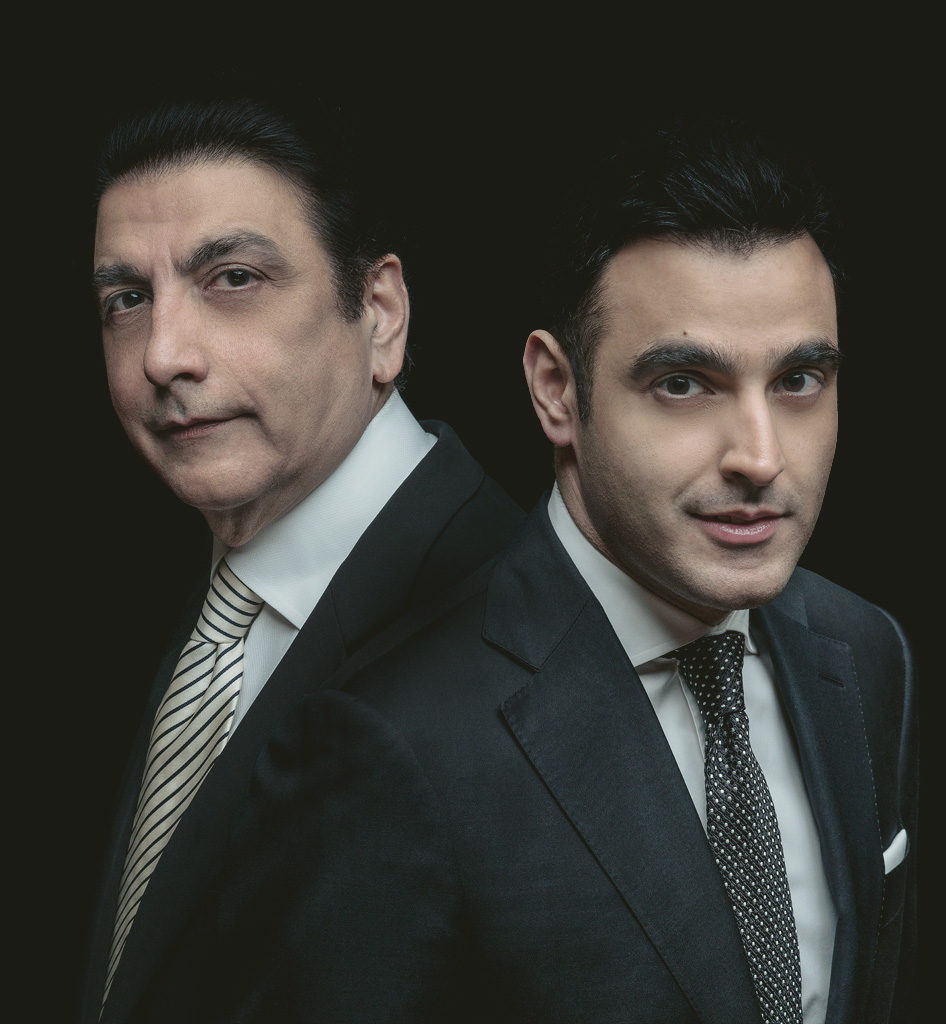
In 2014, the merger of RB Capital and Royal Holdings brought the father and son working together. Mr. Kishin then revealed his plan to build a property portfolio of $8 billion by 2020. The target figure, he says today, was set to reflect their growth strategy at the time. “We are well on track and are very comfortable with the portfolio’s growth, but ultimately our targets lie in more than just a number.
When RB Capital and Royal Holdings merged, the company had a number of projects in development in Singapore and internationally, including the recent acquisition and development of Robertson Quay, which enabled them to forecast such a bold growth figure, Mr. Kishin reveals. “As the business has grown,” he continues, “we take an increasingly strategic approach to ensure that each acquisition complements our portfolio well – from the individual asset, to its geographical location.”
Strata properties have been the backbone of the family company for the last 50 years, says Mr. Kishin, and although they are no longer instrumental in future growth of the portfolio, they continue provide a stable stream of income and remain as valued component to the business. “With locations in prime land along Orchard Road, which we know will eventually be redeveloped, we look at these properties as a land banking opportunity.”
Meanwhile, the company’s other holdings, including Park Hotel Farrer Park, Medical Centre and Suites, which opened six months ago, and Cuppage Terrace, which was acquired in 2006, redeveloped in 2008, and is now a very vibrant strip of F&B and co-working space set within 1970s style shophouses, are not up for redevelopment anytime soon.
- A MASTER PLAN AND DESIGN
- HIS OWN PATH
- HIS OWN MAN
- WHERE IT BEGAN
- WHERE IT IS HEADED
His Own Man
Mr. Kishin admits to being driven by change – a trait that would doubtless be of great use in what he does and what he intends to do. “Adapting to change and owning change,” he says with emphasis. “I’m driven by the opportunity to influence mindsets and lead innovation – not only within a business perspective, but from a broader consumer and cultural perspective, too.”
He is in touch with his inner techie, qualifying his “huge interest” in the role of technology in all aspects of business. “I’m especially fascinated with the integration of technology in real estate, and how the future of property and land needs to embrace the dance between entertainment and technology. It’s increasingly important to prepare for the decades ahead and for business models to acknowledge imminent change and be able to support the needs of the future consumer lifestyle.”
But it is not raw ambition that keeps him going. “There is a fine line between ambition and self-awareness,” he clarifies. “I’m more aware about the importance of innovating to stay relevant, than I am about being ambitious to ‘succeed’. I don’t believe in competing, and I don’t look at what I’ve done as accomplishments but as lessons - because I’m still looking to accomplish what I really want.”
- A MASTER PLAN AND DESIGN
- HIS OWN PATH
- HIS OWN MAN
- WHERE IT BEGAN
- WHERE IT IS HEADED
Where It Began
Mr. Raj Kumar, Chairman of Royal Holdings, grew the family’s textile business into a real estate empire “one property at a time”. “The growth was very much organic. I adopted a philosophy to ‘buy well’ at the right time, by focusing on asset management post acquisition. The mantra was always to acquire properties for the long term, with a strong belief in not selling.”
Describing himself as “self-taught” and “driven by hunger”, Mr. Kumar saw wealth creation as all about having a long-term outlook rather than a eye on short-term profit. “That’s one of the most important lessons for being successful in business.
He received an upbringing that he likes to call “normal”, but remembers being very driven from an early age. “I have always had an opportunistic mindset but am cognizant of the fact that my drive in business has to be grounded with the right values and a well balanced lifestyle,” he explains.
In contrast, Mr Kishin grew up in a much more comfortable environment than his father, although they share the same values. “I raised him (to have) the same values and dedication to business that I have always taken seriously. Kishin is equally independent and driven, and he has the same eye for opportunity, but he has a more measured approach with his methods and techniques.
“When I was a young man, it was a requirement to build a business in order to provide for the family, and with that comes more pressure, competition and ultimately a more aggressive approach to business,” Mr. Kumar explains. Nonetheless, he sees his son as having a great sense of intuition and consumer understanding, and with that he brings fresh perspective and forward-thinking vision.
- A MASTER PLAN AND DESIGN
- HIS OWN PATH
- HIS OWN MAN
- WHERE IT BEGAN
- WHERE IT IS HEADED
Where It Is Headed
“Our family has been in this industry for almost 50 years, and have seen numerous ups and downs. Since the late 1960s, the Singapore government transformed our real estate landscape through the development of areas such as Marina Bay and Sentosa, which resulted in both local and overseas investment,” says Mr. Kumar.
He sees the recent cooling measures on the residential sector as strategic in the prevention of a potential crash, and firmly believes in the way the government regulation has shaped the landscape and property prices in Singapore. “Ultimately, they’ve created a city that on a global level serves as a template for many other governments.”
The scarcity of land in Singapore has always presented opportunity for groups that adopt a long-term view, says Mr. Kumar, who points out that the company has a very clear strategy in terms of turning around undervalued, dilapidated properties in strategic locations across Singapore. “I believe infusing new energy into real estate has been the most rewarding part of the job over the years – not only to invigorate the property itself but to energize the surrounding communities, too. Creating life in areas such as the Robertson Quay precinct has not only enhanced surrounding property values but has built a community as well.”
He takes note of his son’s clear vision as a developer, adding “it was not in the family business mandate at the time”.
“I didn’t have a direct hand in his decisions, but was always happy to play mentor and guide him. I didn’t persuade him to join my business, but always wanted to teach him the disciplines and risks associated with the industry, to ensure he was furnished with all of my lessons and insights.
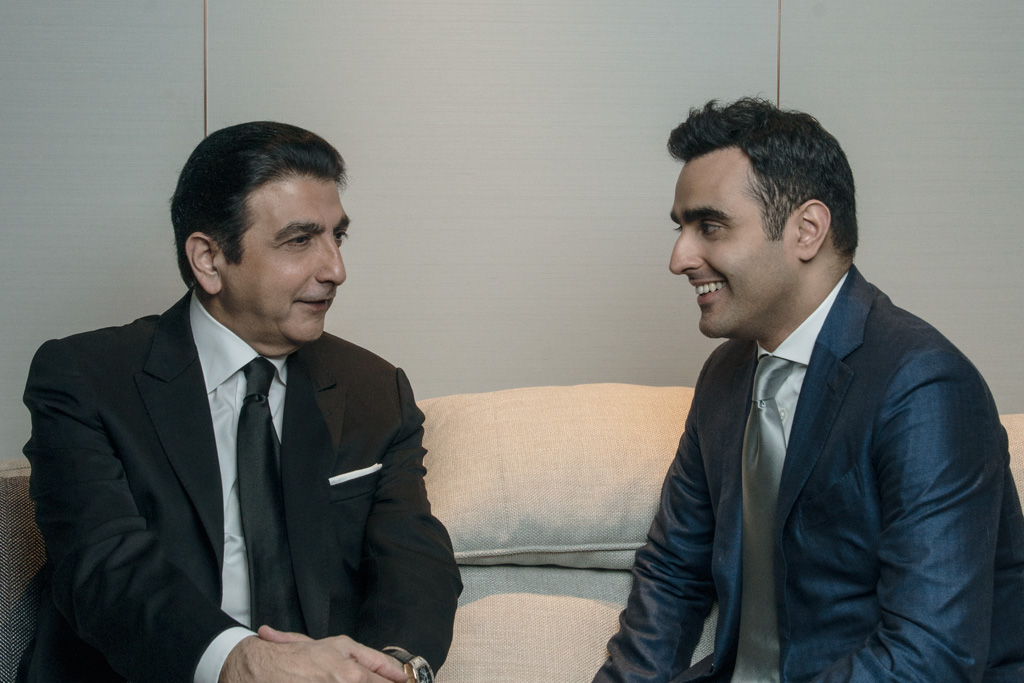
When Kishin founded RB Capital, he brought with it a new sense of youth and vibrancy, Mr. Kumar observes. “He applies a different thought process by harnessing the mindset of a consumer and consideration for technology, respecting the fundamentals of the real estate business.”
Mr. Kumar believes that RB Capital will be known as a company that is able to take on the future of real estate with a forward-thinking approach. “I believe that recognition for the need for change, a clear understanding of consumer behavior, and strategic use of technology are the important ingredients for a real estate company of tomorrow.”
Adds Mr. Kishin: “My childhood gave me an early immersion into many career-focused environments and introductions to high-powered and successful individuals. From my upbringing at home to my schooldays, and then to the early days of my career, I developed a business-orientated mindset and constant sources of inspiration.”
Growing up in a household where family conversations always revolved around business and risk assessment taught him skills that enabled him to kick-start a career. “However, I never had pressure from the family – the drive came very much from within. I was hungry and determined to prove to myself that I could succeed on my own. I didn’t want to just sit back and enjoy the fruits of my father’s labor – my intent has always been to take the platform I have and use it as springboard and not a pedestal.”
If there were three words or values that he would like RB Capital to be associated with, what would they be? “Curation, dynamism, forward-thinking,” he says.









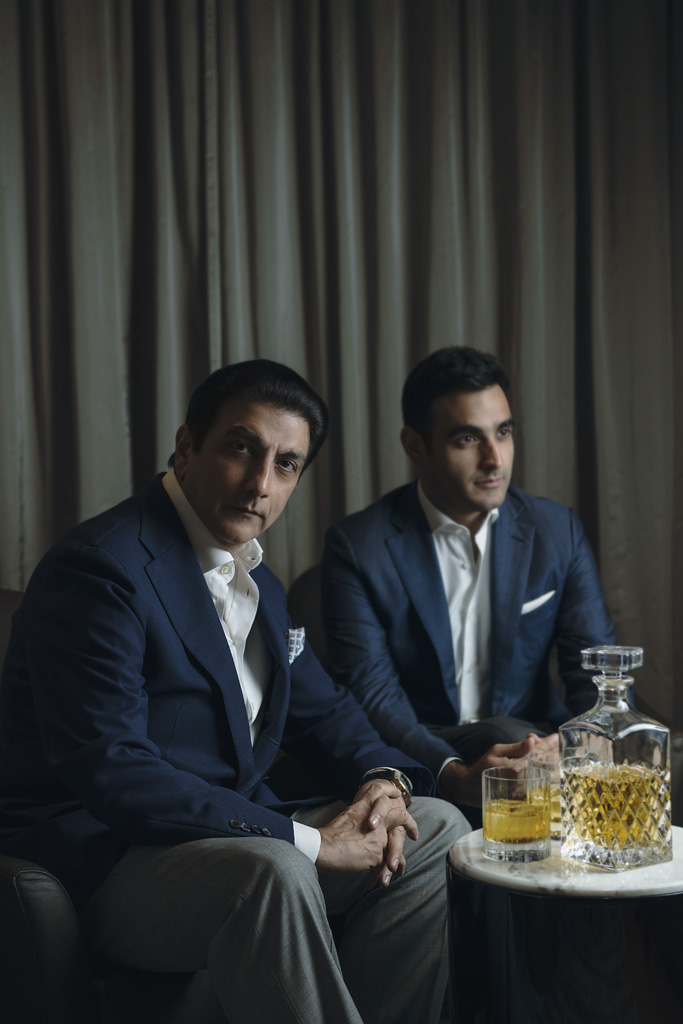
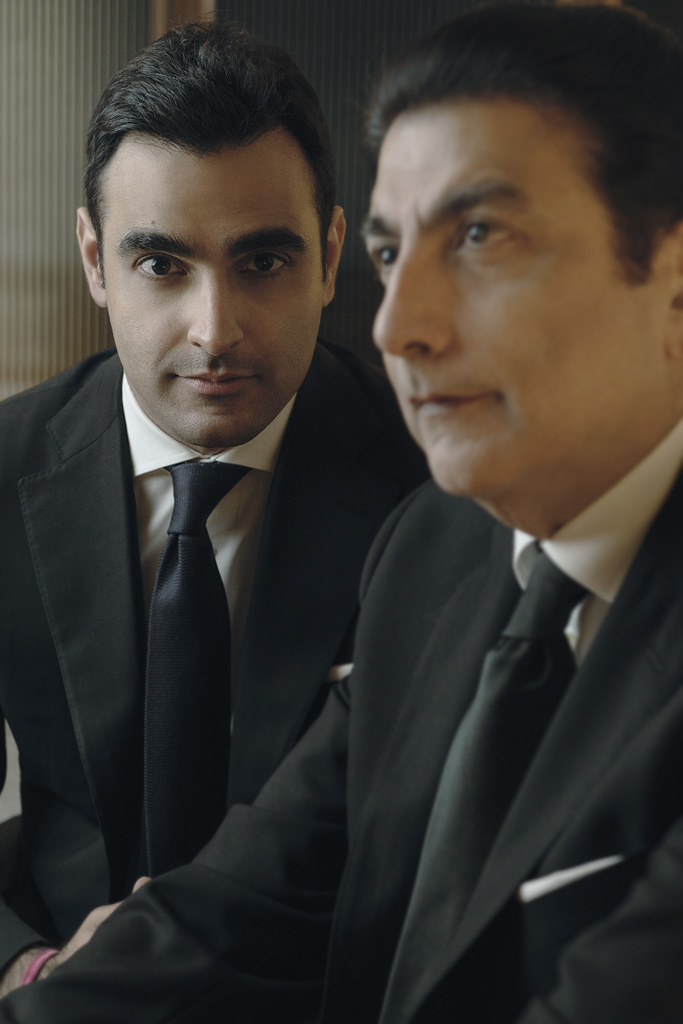




 Back
Back
